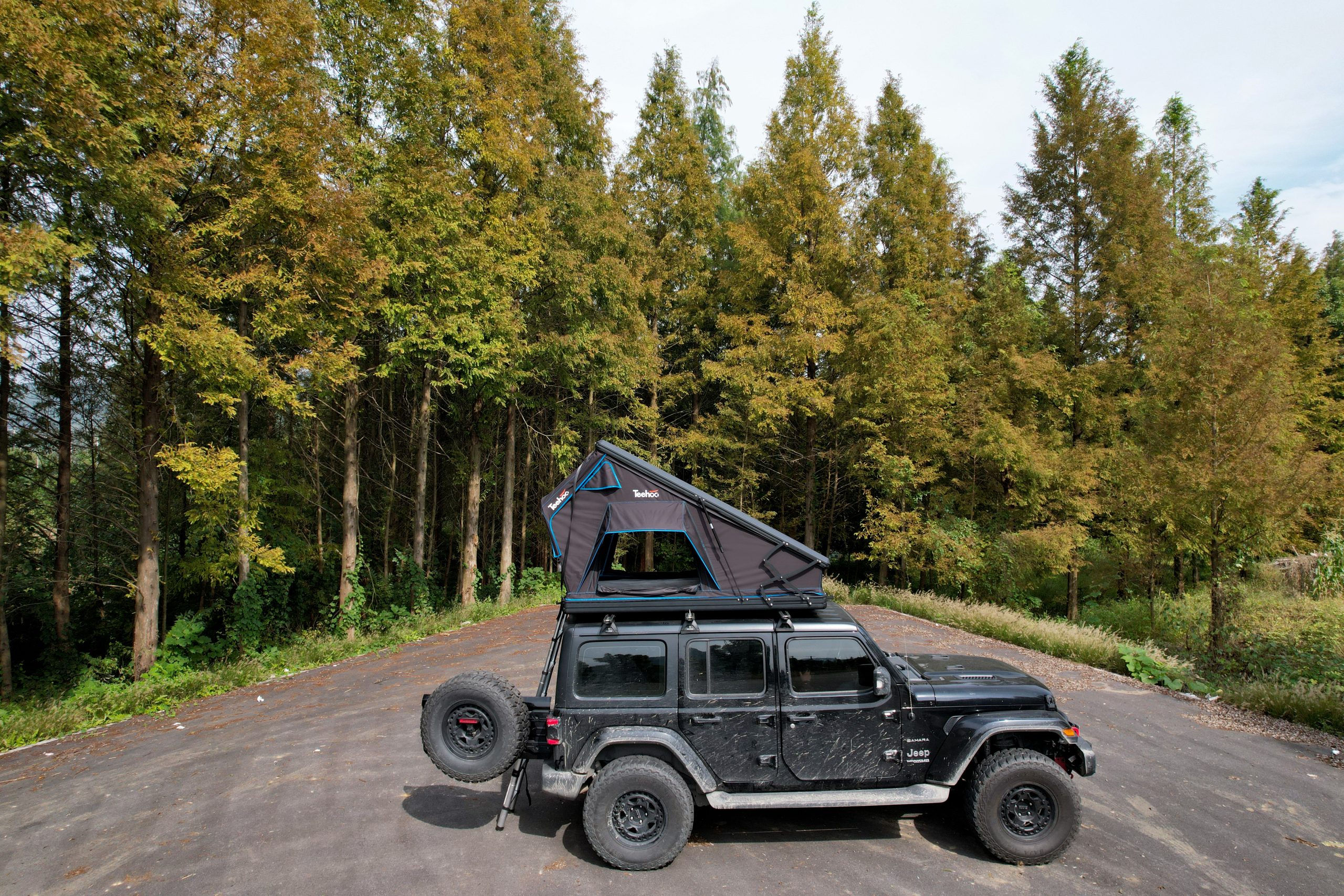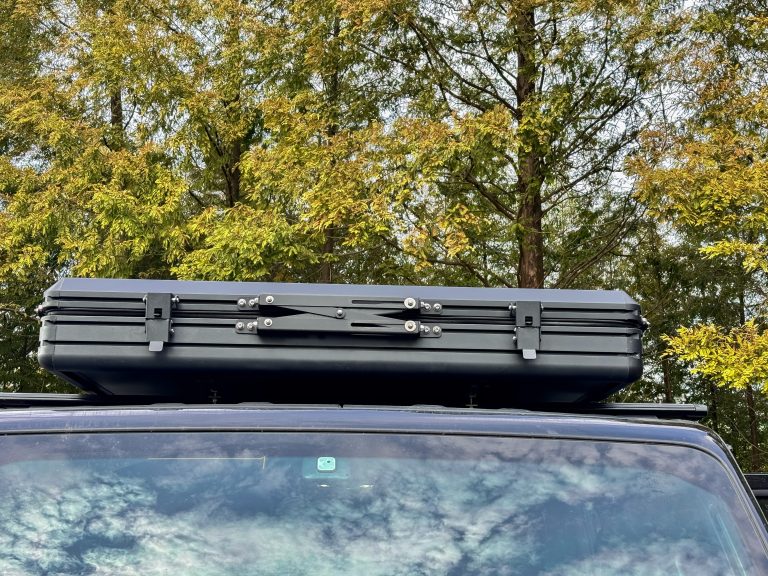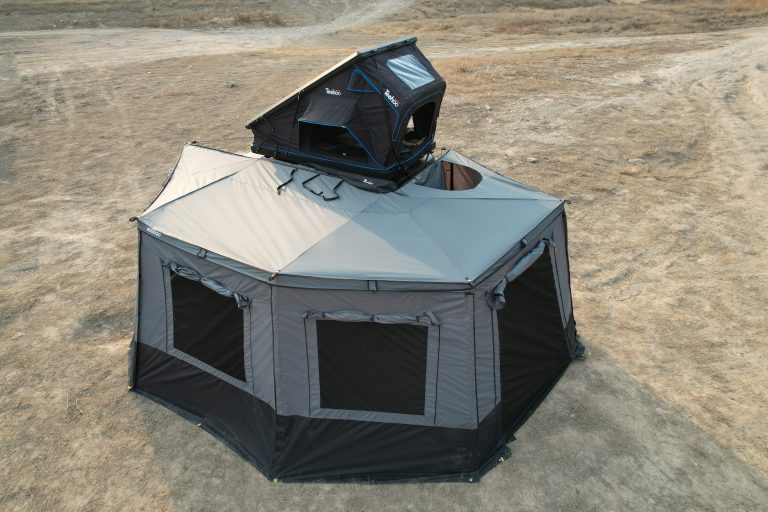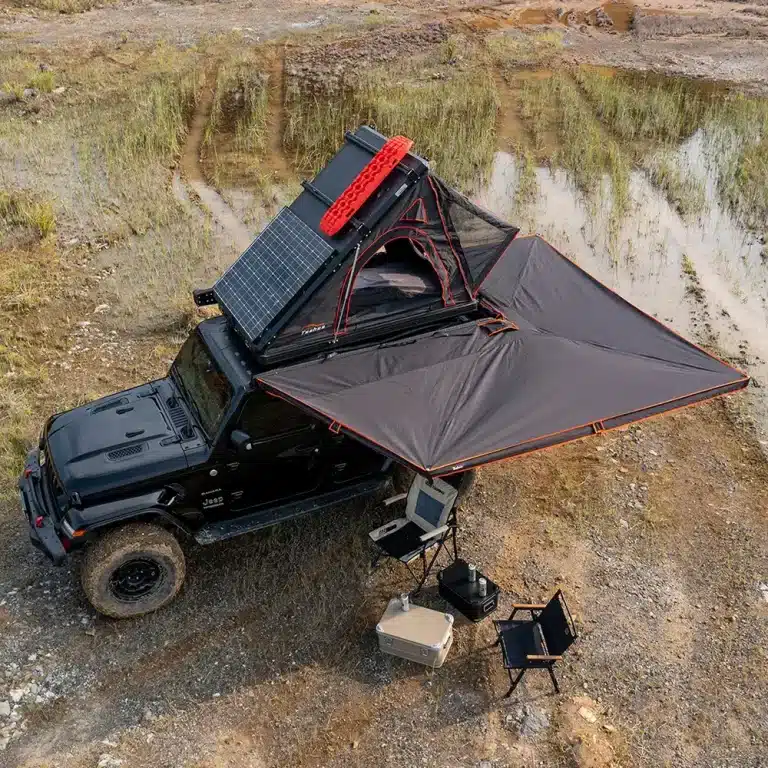
HOW TO CHOOSE YOUR ROOFTOP TENT
How to Choose Your Rooftop Tent – Understanding the Differences

Why This Guide?
Since we offer an extensive range of product lines, our customers often have difficulty choosing the right rooftop tent or awning for their needs. There are no articles on the Internet about how to choose a rooftop tent that suits you.This guide aims to introduce the differences between our products based on quality, design, and functionality so that you can choose the most suitable option for your unique camping needs. Our products fall into two main categories: tents and awnings.
Rooftop Tents: Types and Differences
Our rooftop tents are primarily divided into two types: hard shell and soft shell. Generally, hard shell tents are heavier than soft shell tents, with differences in opening mechanisms.
Hard shell Tents: Among hard shell options, the opening method is a key factor. Choices include side-opening, back-opening, and ABS-shell tents.

Aluminum hard shell tents provide more space and a broader view, while ABS hard shell tents are lighter and generally more affordable. If you prioritize space and view, aluminum may be ideal, while ABS is a good choice for a lightweight, budget-friendly option.


Awnings: Types and Considerations
Our awnings are divided by the opening angle of their arms: 180°, 270°, and 270°+ awnings. They are available in either hard or soft cases, with differences in weight and shading area. For most buyers, the primary consideration is the weight of the arms, as they impact the overall weight of the awning. Additionally, some may wish to add walls, which vary based on the awning’s shape.

Conclusion
Selecting the ideal rooftop tent and awning comes down to understanding your specific camping needs, vehicle compatibility, and budget. Each type of rooftop tent offers distinct advantages, whether it’s the compact versatility of a soft shell, the durability of a hard shell, or the extra space of a hybrid model.
By considering factors like setup time, weather resistance, and sleeping capacity, you can find a rooftop tent that transforms your travel experiences, providing comfort and convenience wherever the road takes you. Now, you’re equipped to make the best choice and get one step closer to unforgettable outdoor adventures.



